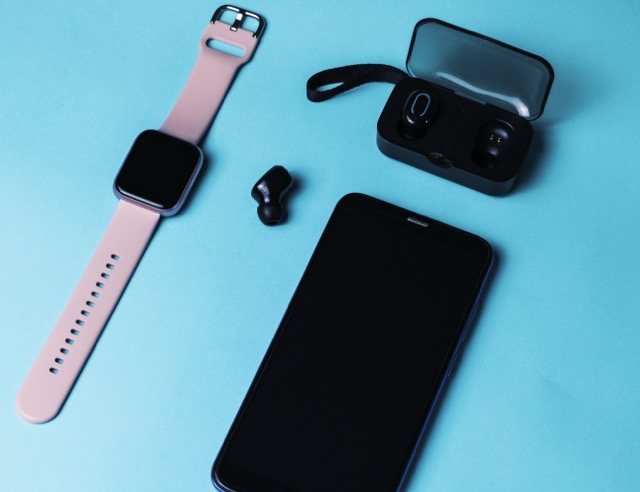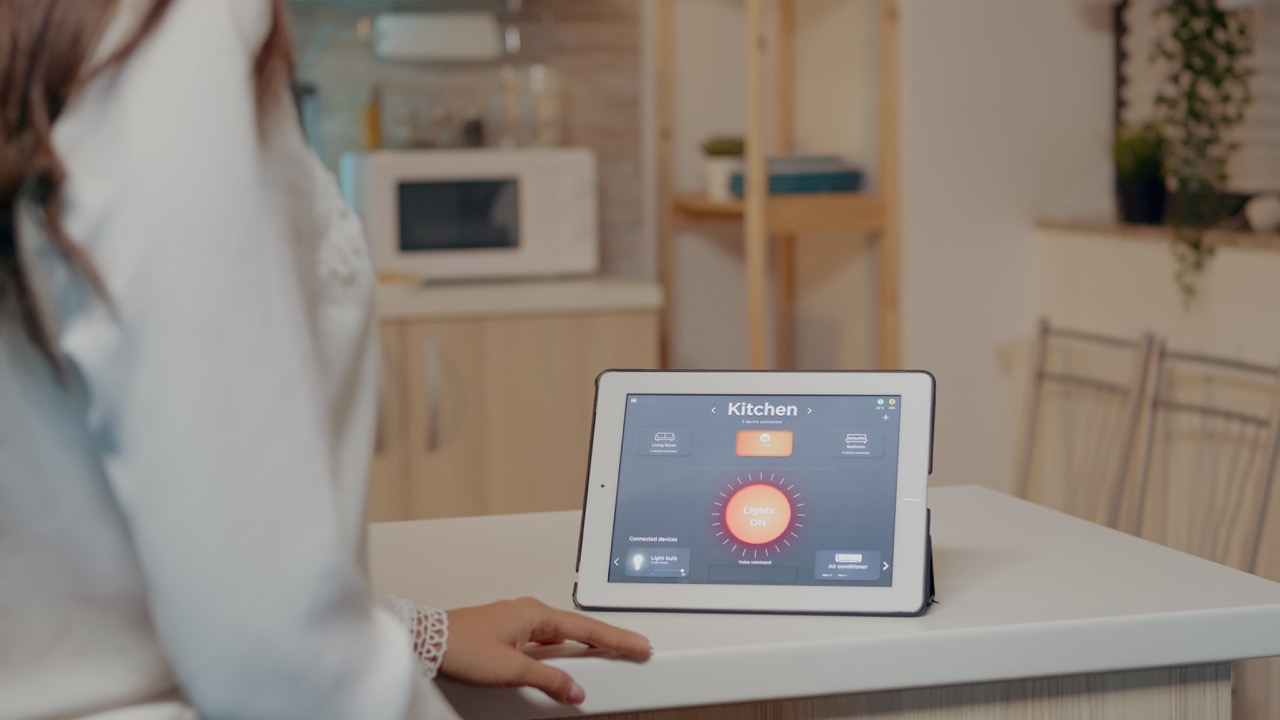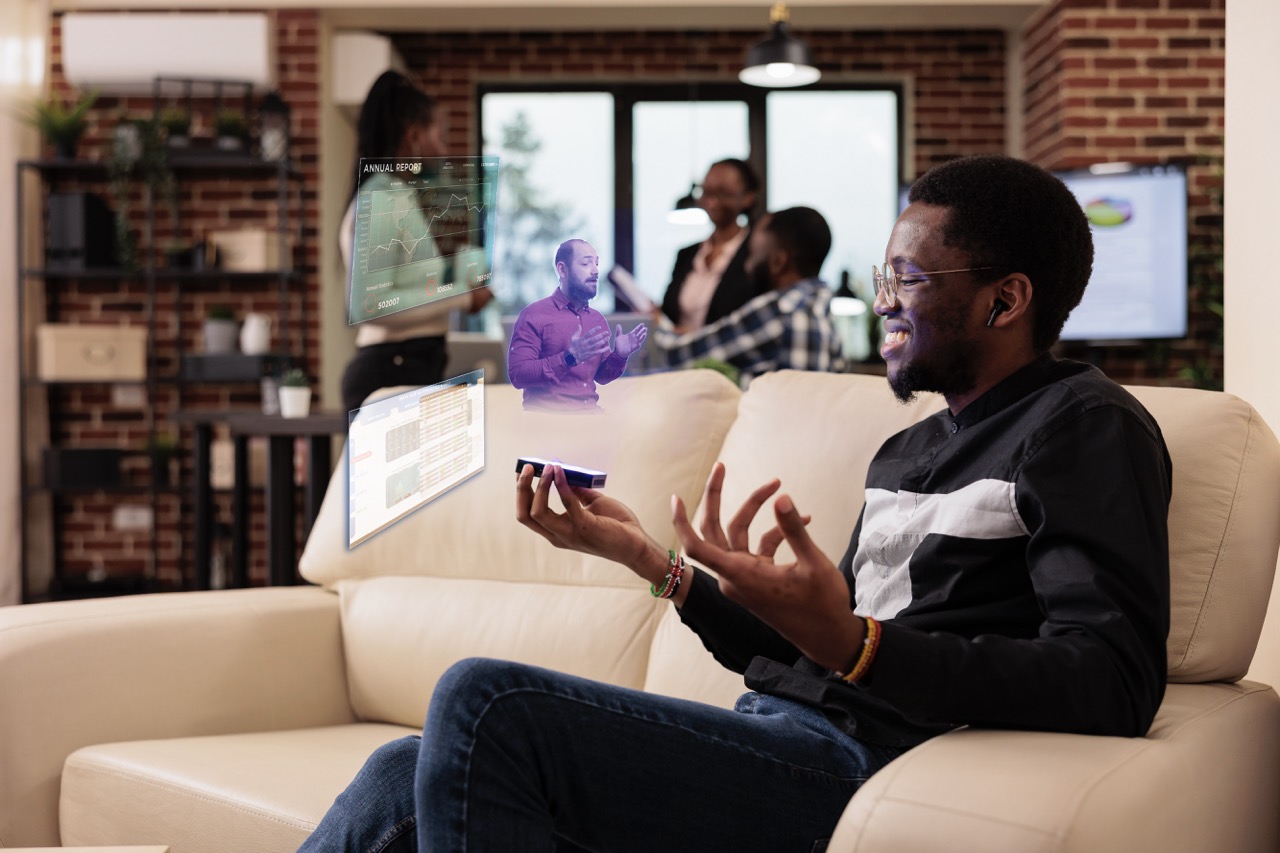In the age of rapid technological advancement, the confluence of neuroscience and technology has sparked a revolution in how we interact with the world around us. The emergence of brain-controlled smart devices represents a groundbreaking frontier that promises to transform various industries, including healthcare, gaming, and communication. At the heart of this development are neuroscientists who play a critical role in bridging the gap between intricate neural processes and sophisticated technological applications. This article explores the integral contributions of neuroscientists in developing brain-controlled smart devices, highlighting their pioneering work in brain-machine interfaces, insights from neural research, and the future implications of these innovations.
Understanding the Intersection of Neuroscience and Technology
The intersection of neuroscience and technology is an area of profound exploration, where the complexities of the human brain meet the innovative capabilities of modern engineering. Neuroscience provides crucial insights into how the brain processes information, controls motor functions, and generates thoughts, emotions, and behaviors. By understanding these processes, researchers can create devices that harness brain activity for practical applications. Technologies such as electroencephalography (EEG) and functional magnetic resonance imaging (fMRI) have enabled scientists to visualize and interpret neural signals, paving the way for the emergence of brain-computer interfaces (BCIs).
As researchers delve deeper into the neural networks that govern behavior, they unlock the potential for developing devices that can respond to cognitive commands, effectively allowing users to control technology with their minds. This paradigm shift has the potential to enhance communication for individuals with disabilities, enable new gaming experiences, and even facilitate complex tasks in professional settings. The fusion of neuroscience and technology extends beyond simple interaction; it promises to create a more intuitive relationship between humans and machines, enhancing our capabilities and improving overall quality of life.
However, this intersection is not without its challenges. Ethical considerations, privacy concerns, and the need for rigorous testing and validation of these devices are paramount as this field progresses. As neuroscientists and technologists collaborate, they must navigate these complexities while ensuring that innovations are accessible, safe, and beneficial for all users. The groundwork laid by neuroscientists in understanding the human brain will be crucial for addressing these concerns and fostering responsible development in brain-controlled technology.
Neuroscientists: Pioneers in Brain-Machine Interfaces
Neuroscientists have emerged as pioneers in the field of brain-machine interfaces (BMIs), which are systems that allow direct communication between the brain and external devices. This innovative area of research has seen significant advancements in recent years, driven by a deeper understanding of neural circuitry and the development of sophisticated algorithms that can decode brain signals. Neuroscientists study how different areas of the brain respond to various stimuli, a process that involves both behavioral studies and advanced imaging techniques. Their findings have been instrumental in creating BMIs that are capable of interpreting a user’s intentions and translating them into actionable commands.
One notable application of BMIs is in the realm of assistive technologies for individuals with mobility impairments. By implanting sensors or utilizing non-invasive methods, neuroscientists have developed devices that can allow users to control prosthetic limbs, wheelchairs, or even computer cursors through their thoughts. These breakthroughs not only enhance the independence of individuals with disabilities but also open new avenues for rehabilitation and therapy. As neuroscientists continue to refine these technologies, their work is critical in ensuring that these interfaces are both effective and user-friendly.
Moreover, the collaboration between neuroscientists and engineers has led to the creation of sophisticated algorithms that can learn and adapt to the unique neural patterns of individual users. This personalization is crucial for improving the accuracy and efficiency of BMIs. By leveraging machine learning and artificial intelligence, neuroscientists are fostering the development of smart devices that not only respond to commands more effectively but also anticipate user needs based on their neural activity. The ongoing research in this domain underscores the vital role that neuroscientists play in designing the next generation of brain-controlled technologies.
Designing Smart Devices: Insights from Neural Research
The design of brain-controlled smart devices is heavily informed by insights gleaned from neural research. Neuroscientists contribute their expertise in understanding how the brain encodes information, allowing technologists to create devices that accurately interpret and respond to neural signals. This collaborative approach entails a comprehensive examination of how different types of brain activity correlate with specific thoughts or actions. For instance, by identifying brainwave patterns associated with concentration or relaxation, researchers can develop applications that assist in tasks ranging from meditation to focus enhancement.
Additionally, neuroscientists examine the neural mechanisms underlying decision-making and motor control, providing valuable data for designing user interfaces that are intuitive and responsive. By aligning the functionality of smart devices with the natural processes of the brain, developers can create products that feel seamless and organic to the user. For example, in gaming, this could mean designing systems that respond to a player’s emotional states or levels of engagement, enhancing the immersive experience and providing real-time feedback that adjusts gameplay accordingly.
Furthermore, the insights derived from neuroscientific research are crucial for addressing the challenges of signal noise and data interpretation. The brain generates vast amounts of information, and isolating relevant signals for effective control is a complex task. Neuroscientists are at the forefront of developing signal processing techniques and algorithms that enhance the clarity and reliability of neural data, enabling devices to function with higher fidelity. As designers and neuroscientists work in tandem, the integration of neural research into device development is paving the way for smarter, more responsive technologies that deepen our interaction with the digital world.
Future Implications of Brain-Controlled Technologies
The future implications of brain-controlled technologies are vast and varied, with potential impacts across numerous sectors. In healthcare, these devices could revolutionize treatment for neurological disorders, such as epilepsy, depression, and Parkinson’s disease. By enabling real-time monitoring of brain activity, healthcare professionals can tailor interventions to individual patients, potentially improving outcomes and minimizing side effects. Furthermore, the development of brain-controlled neuroprosthetics holds great promise for restoring function to individuals with spinal cord injuries or amputations, allowing them to regain autonomy over their movements.
In the realm of education, brain-controlled technologies could enhance learning experiences by adapting content to students’ cognitive states. For instance, personalized learning tools could assess a student’s focus and comprehension levels, adjusting the pace and complexity of lessons accordingly. This tailored approach has the potential to optimize learning outcomes and foster a more inclusive educational environment for diverse learners, including those with learning disabilities.
However, as these technologies evolve, ethical considerations and societal implications will need to be addressed. Issues surrounding data privacy, consent, and the potential for misuse of brain data raise critical questions that must be navigated responsibly. As neuroscientists, ethicists, and technologists collaborate, it will be essential to establish frameworks that safeguard individual rights while promoting innovation. The future of brain-controlled smart devices is promising, yet it demands a careful balance between technological advancement and ethical responsibility to ensure a positive impact on society.
The role of neuroscientists in developing brain-controlled smart devices is pivotal in shaping a future where technology seamlessly integrates with human cognition. By understanding the intricacies of the brain, these pioneers are not only advancing the capabilities of smart devices but also enhancing the quality of life for individuals across various domains. As we move forward into this new era, the collaboration between neuroscience and technology will undoubtedly continue to unlock unprecedented possibilities, while also necessitating a thoughtful approach to ethical considerations and societal impacts. The journey ahead is filled with potential, and the contributions of neuroscientists will remain at the forefront of this transformative landscape.








